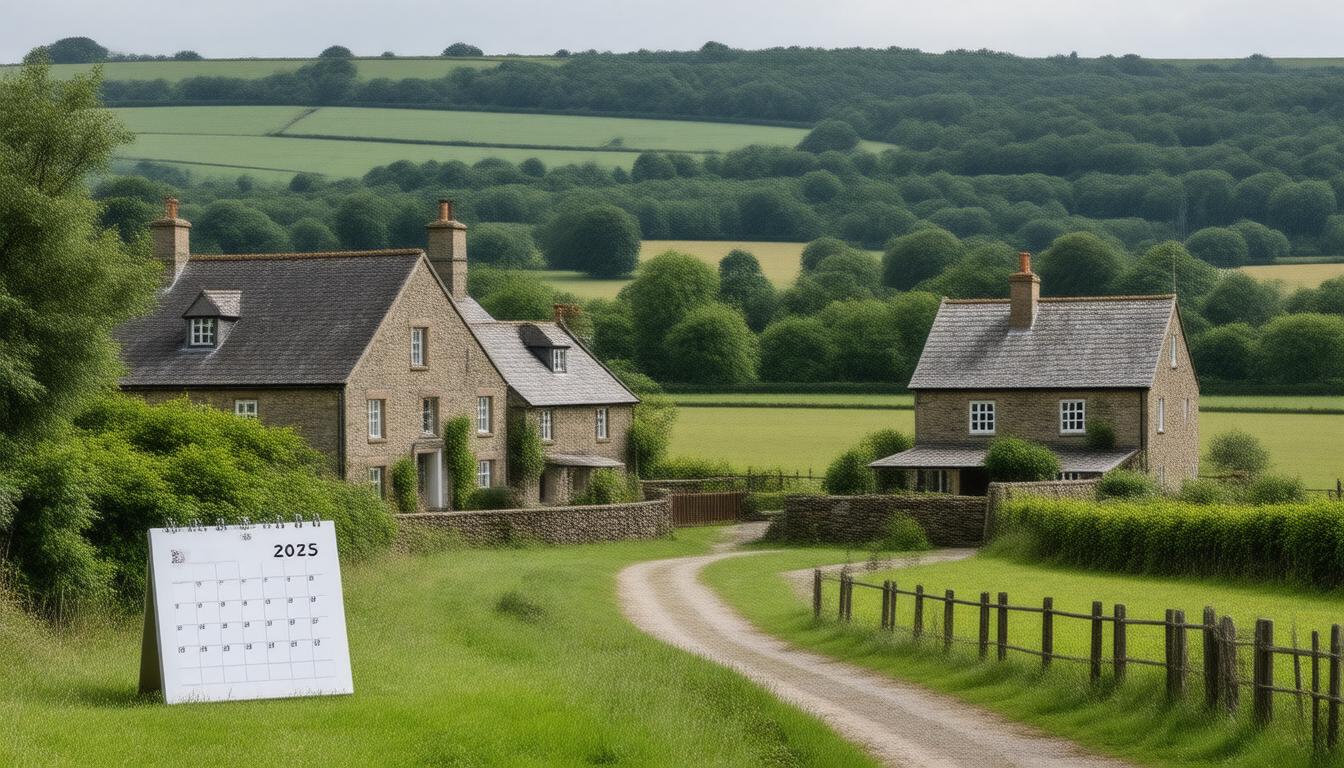In light of new laws set to take effect in April 2025, second homeowners across England are bracing for significant hikes in council tax rates. These regulations, introduced in early 2024, empower local councils to levy taxes that could potentially double for properties classified as second homes. This legislative shift aims to tackle housing shortages in popular areas, ensuring that local residents can afford to remain in their communities without being overshadowed by the influx of second home buyers.
Councils, particularly in high-demand regions like the South West, are now actively preparing to enforce these new regulations. According to data from Zoopla, the impending tax increases are already influencing the property market, evidenced by a downturn in house prices as owners opt to sell their second homes in anticipation of the changes.
Notably, similar tax measures have previously been adopted in Scotland and Wales, where local authorities have the power to raise council taxes on second homes by as much as 300%. These adjustments are seen as essential by councils grappling with financial pressures following prolonged austerity measures by the central government.
The unprecedented rise in second home ownership—from approximately 292,000 in 2010 to around 482,000 in 2023—underscores the growing concern among local communities about the viability of housing in these attractive areas. Local councils in regions including Bath, Devon, North Norfolk, and North Yorkshire have taken proactive steps by voting to implement these tax increases. Property owners are therefore encouraged to engage with their local councils to understand how these regulations will affect them and to ascertain the classification of their properties.
Key Takeaways
- New council tax regulations will allow local authorities in England to double the tax on second homes starting April
2025. - Property owners in popular areas should check local council guidelines to understand how the new tax laws will affect them.
- The rise in council tax aims to address housing shortages, reflecting similar measures already enacted in Scotland and Wales.
Overview of the New Regulations
In April 2025, significant changes to council tax regulations in England will come into effect, particularly impacting homeowners with second properties. Under new legislation introduced in early 2024, local councils will have the authority to double the council tax for homes classified as second residences, contingent upon a one-year advance notification to the owners (BBC News, 2024). The initiative aims to address housing shortages in desirable locations, particularly in the South West, where property values have already been affected, as evidenced by a report from Zoopla indicating that many owners are opting to sell their second homes ahead of the tax hike (Zoopla, 2024). With the number of second homes increasing by approximately 65% between 2010 and 2023 to reach around 482,000 in England, councils including Bath, Devon, North Norfolk, and North Yorkshire have begun to take proactive measures to implement these tax increases (Local Government Association, 2024). Meanwhile, similar policies have been operational in Scotland and Wales, where there are provisions for councils to impose tax increases of up to 300% on second homes, a move deemed essential as local authorities navigate ongoing funding cuts from the central government. Property owners in tourist-heavy areas are encouraged to consult their local council’s website for precise details regarding future tax obligations, given that a property is classified as a second home if it is furnished and not designated as a primary residence.
Impact on Property Market and Local Communities
The repercussions of the proposed council tax changes extend beyond financial implications for property owners; they are likely to have a substantial impact on local communities and the housing market. As seaside and rural areas in Wales continue to grapple with affordability issues, the legislative actions taken by councils to increase council tax on second homes aim to redistribute resources and encourage residential stability among local populations. This could lead to a more balanced demographic in areas that have historically seen an influx of short-term rentals and buyers seeking holiday homes. Consequently, decreasing the proportion of second homes may give first-time buyers and local families better opportunities to purchase properties in their communities (Wales Online, 2024). Additionally, the anticipated sale of second homes in response to these new tax requirements could potentially increase housing availability, alleviating some pressure on the housing market, thus contributing positively to the social fabric of these communities.





